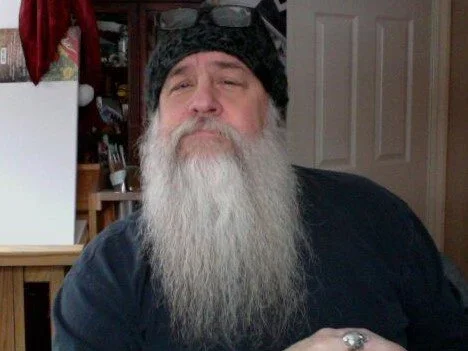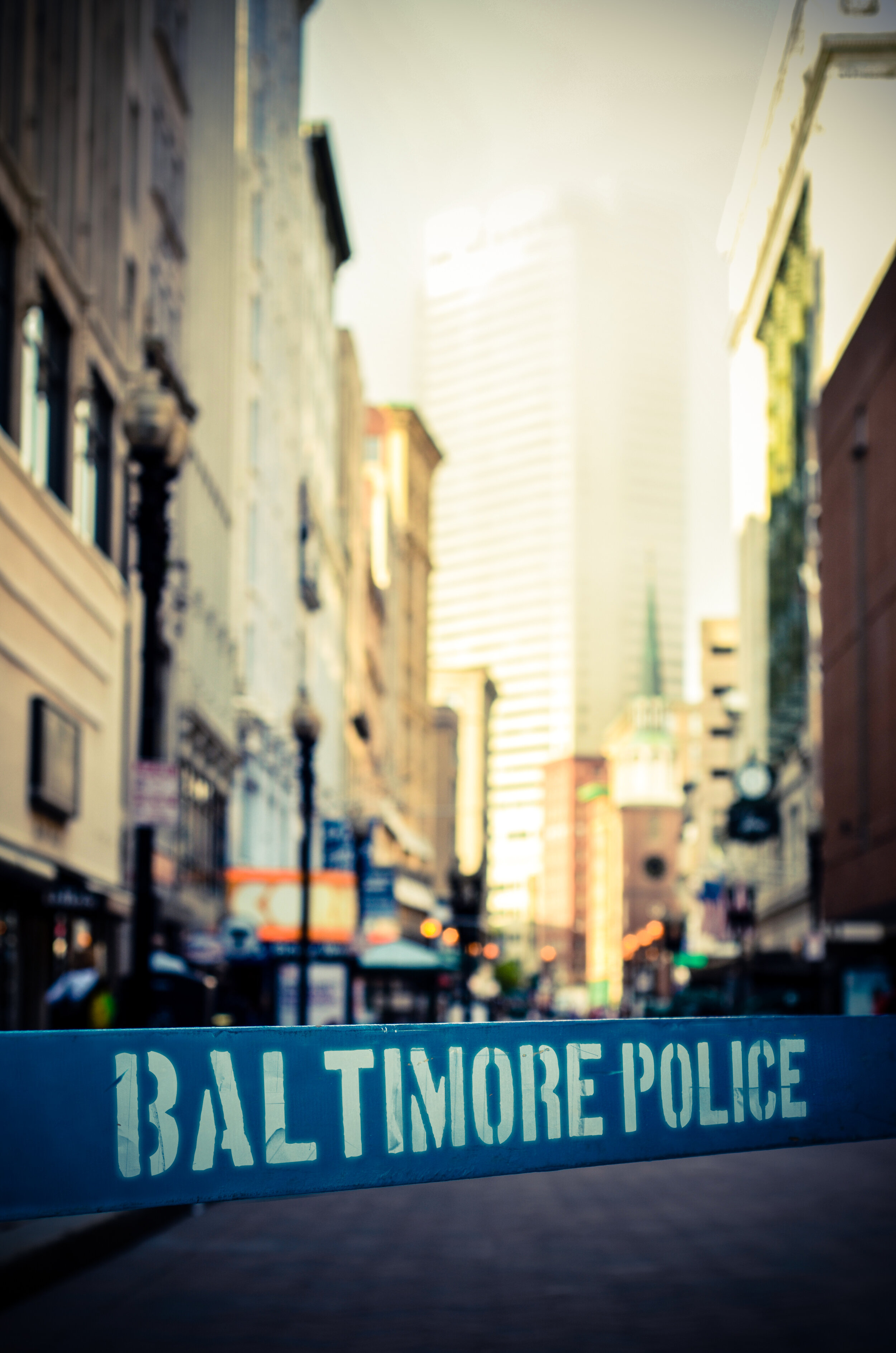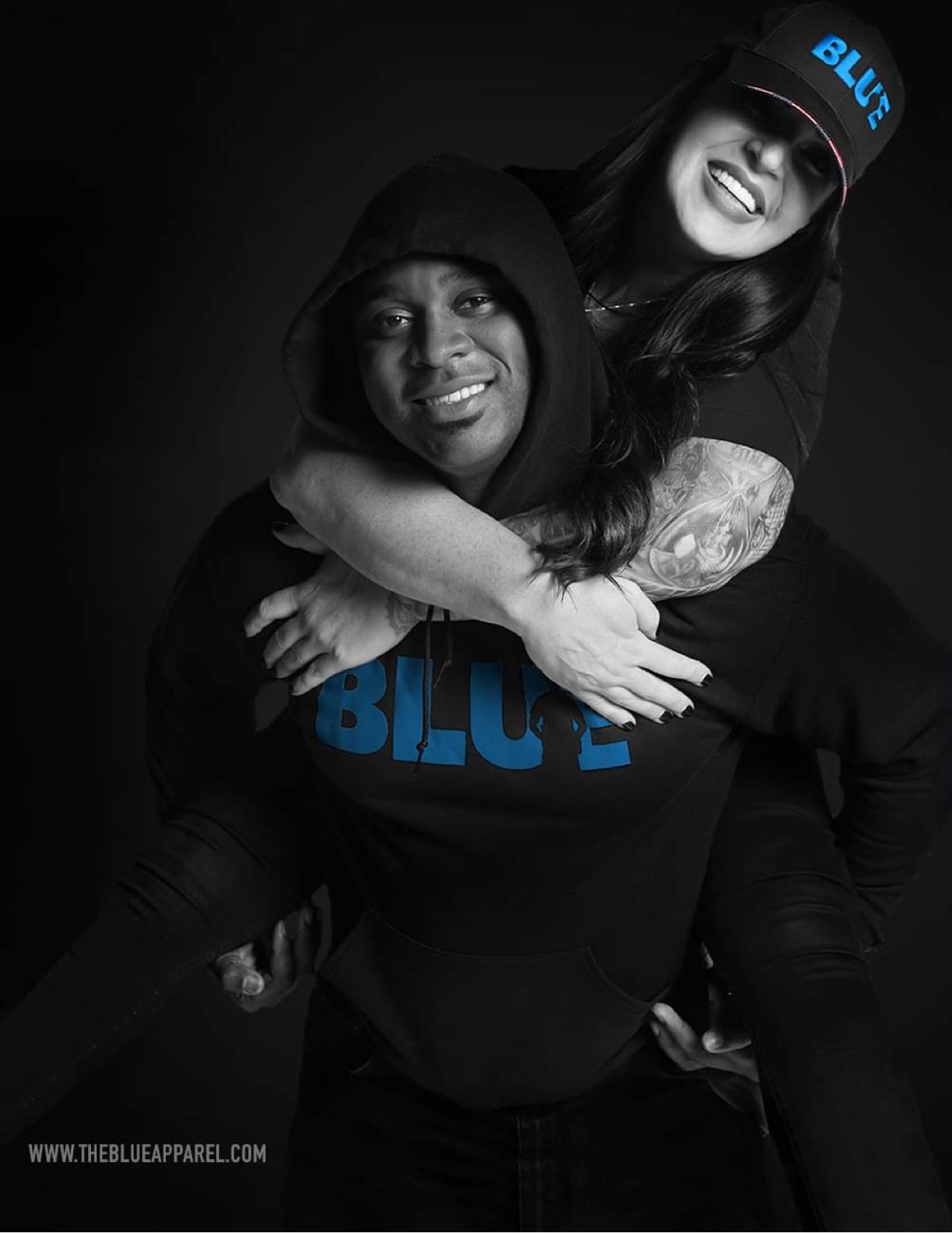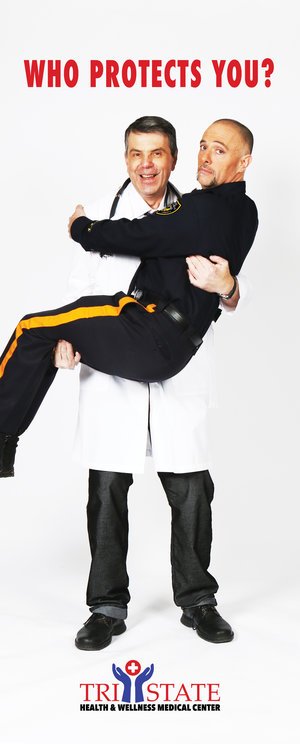Welcome 2021: We will endure!
/What a difficult year we have been through. With all of the anger, protests, riots, verbal and physical assaults and death we are being exposed to on a daily basis, I have felt compelled to speak out. Here’s a compilation of some of my thoughts throughout 2020 …
ON BEING A MEMBER OF THE HUMAN RACE
All of us have supporters and detractors. It is part of being a human being. It is reality. I am sorry if some people don't like others simply for differences in race, religion, career path, disability, sexual orientation or other identifiers within our society.
Our power is derived from within. Self-examination of our own individual belief structure and taking responsibility for our own choices and behaviors is what will collectively contribute toward the more perfect culture that we seek.
We don't have to agree to get along or at least coexist. By focusing on our commonality rather than our differences we can move mountains moving forward.
ON INNER-CITY VIOLENCE & SURVIVAL
With a resurgence of violence throughout our nation, I am reminded of a revelation that I had over 30 years ago upon becoming an inner-city police officer.
I learned to accept, but not fully understand, that the perceived value of human life on the street in many of the downtrodden areas of America is substantially lower than it is to the police and many others living under better socio-economic circumstances.
When the two cultures of diverse values clash, it often results in those with higher self-worth being forced to take actions they would not choose to take except out of a desire for self-preservation.
If you were an officer being shot at or truly in fear of having your gun being taken and used against you, what would you do? As it has been said many times in the world of law enforcement, it's better to be tried by 12 than carried by six.
ON ACADEMIA and “POLITICAL CORRECTNESS”
When the West Virginia University campus police chief apologized for displaying a Thin Blue Line Flag in the background at his home while engaged in an online Zoom conference, the meltdown from many "triggered" students and faculty was swift. It resulted in an apology from the chief for his “insensitivity” and removal of the flag after calls for his termination from office were made.
More recently, the university endorsed the display of Black Lives Matter decals on Mountaineer football helmets and it has “triggered” many others. If the official policy of the university is to allow display of what many view as political symbols or emblems, then this public Land Grant University should level the playing field and fulfill its mandate of fairness and inclusiveness in what is supposed to be an open learning environment; thus allowing freedom for dialogue and reasonable expression for all individuals and groups without fear of being ostracized or becoming a victim of the "cancel culture." It's time for WVU and other campus communities to become "woke" to harmony through fairness to all. Universities must return to their roots and maintain an environment that promotes knowledge through understanding of different points of view. Neither intimidating tactics nor "political correctness" should have any place in education.
I have long professed that we must reject an "us versus them" mentality. In choosing sides WVU has, seemingly, endorsed such an environment through its actions. The truth is we are all in this TOGETHER.
ON LAW ENFORCEMENT OPERATIONS
Over the last many months and years, the trust people have placed in every level of government has diminished. While law enforcement does many things well, there are always things which can be done better. Protecting victims, promoting equality for all, and deploying intelligent, compassionate, and empathetic officers are the foundation of any responsive agency. While meaningful change comes neither quickly nor easily, I know that the best will adapt to the changing environment which is upon us. As a past police officer and chief of police, I have learned that we cannot simply arrest our way out of every situation or social ill. Policing that is even more community-oriented and transparent will result with the right leadership in place and thoughtful plans for action. Our future safety and wellness are dependent on the trust and partnerships forged as we move forward promoting for better days ahead. As always, I maintain a deep respect for and belief in our active and dedicated local law enforcement officers. Stay safe … We will endure!
Joel E. Gordon is a former Field Training Officer with the Baltimore City Police Department and is a past Chief of Police for the city of Kingwood, West Virginia. He has also served as vice-chair of a multi-jurisdictional regional narcotics task force. An award winning journalist, he is author of the book Still Seeking Justice: One Officer's Story and founded the Facebook group Police Authors Seeking Justice. Look him up at stillseekingjustice.com



























































































